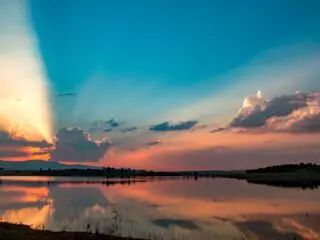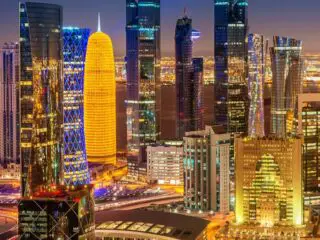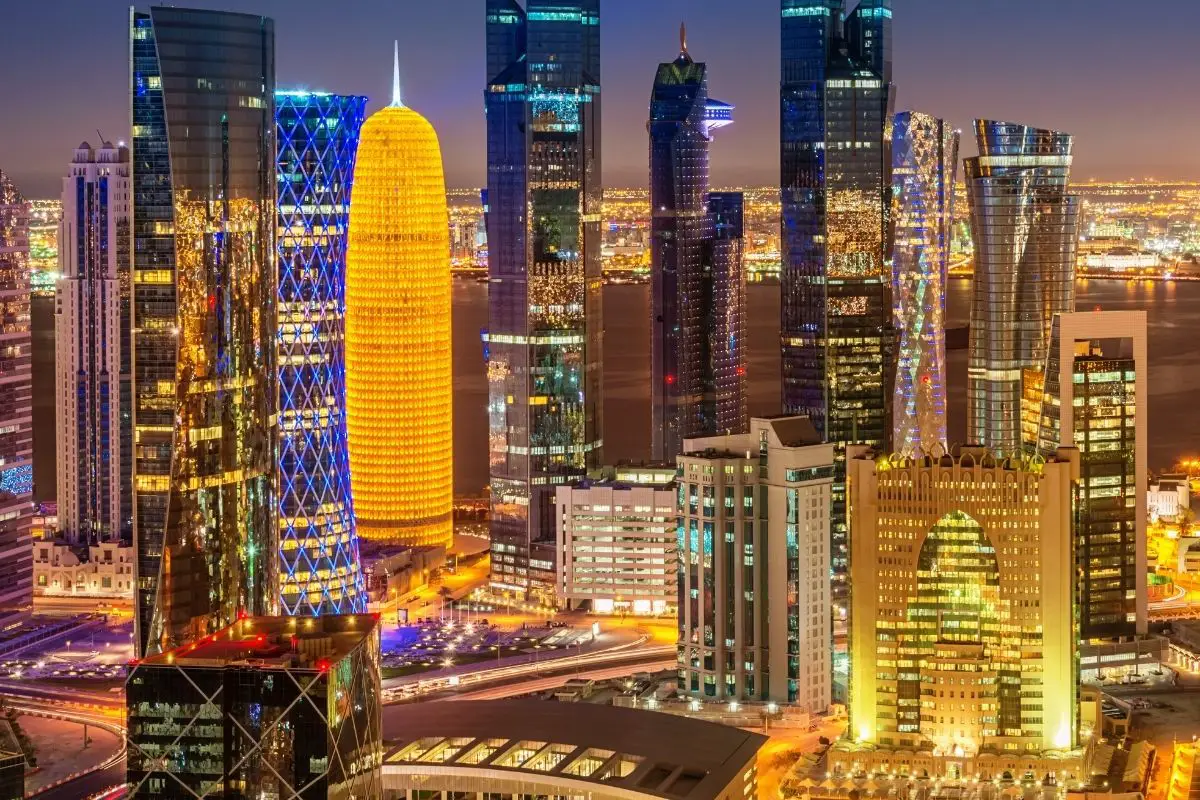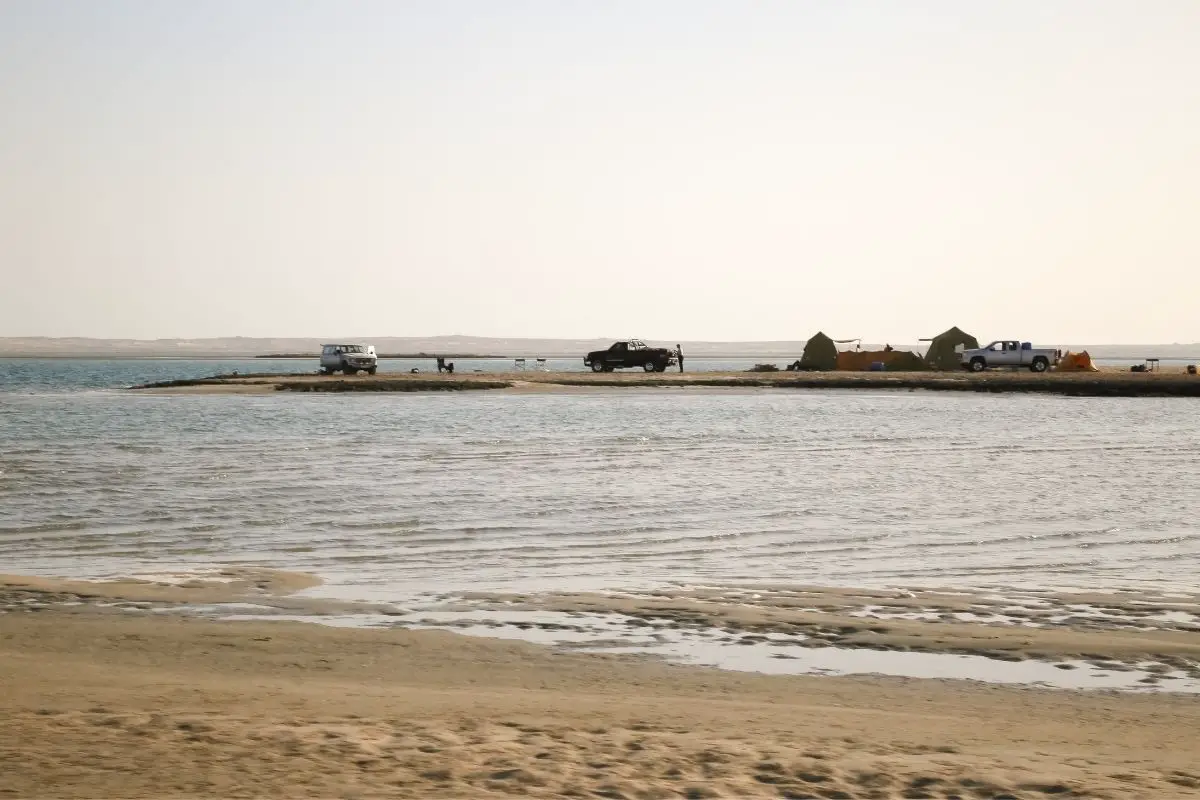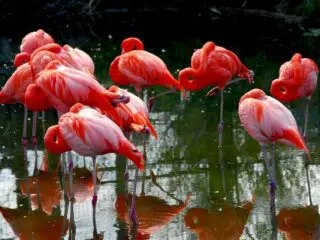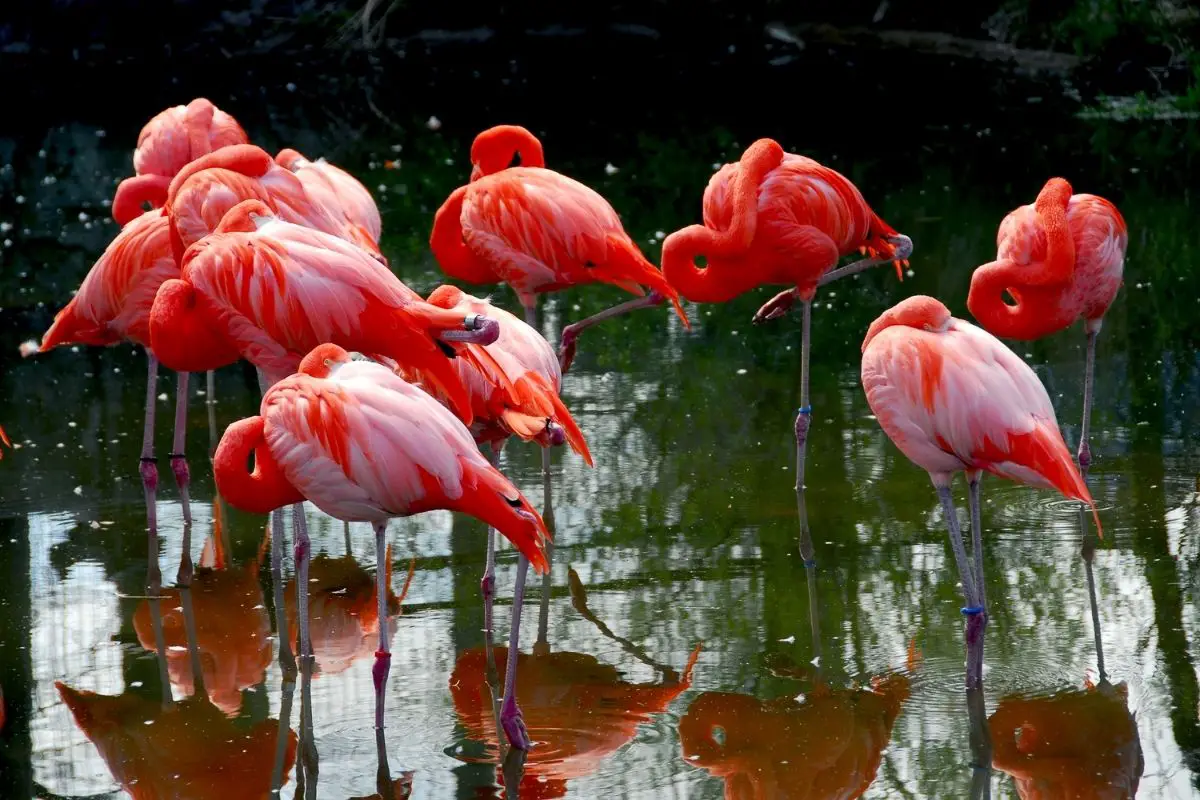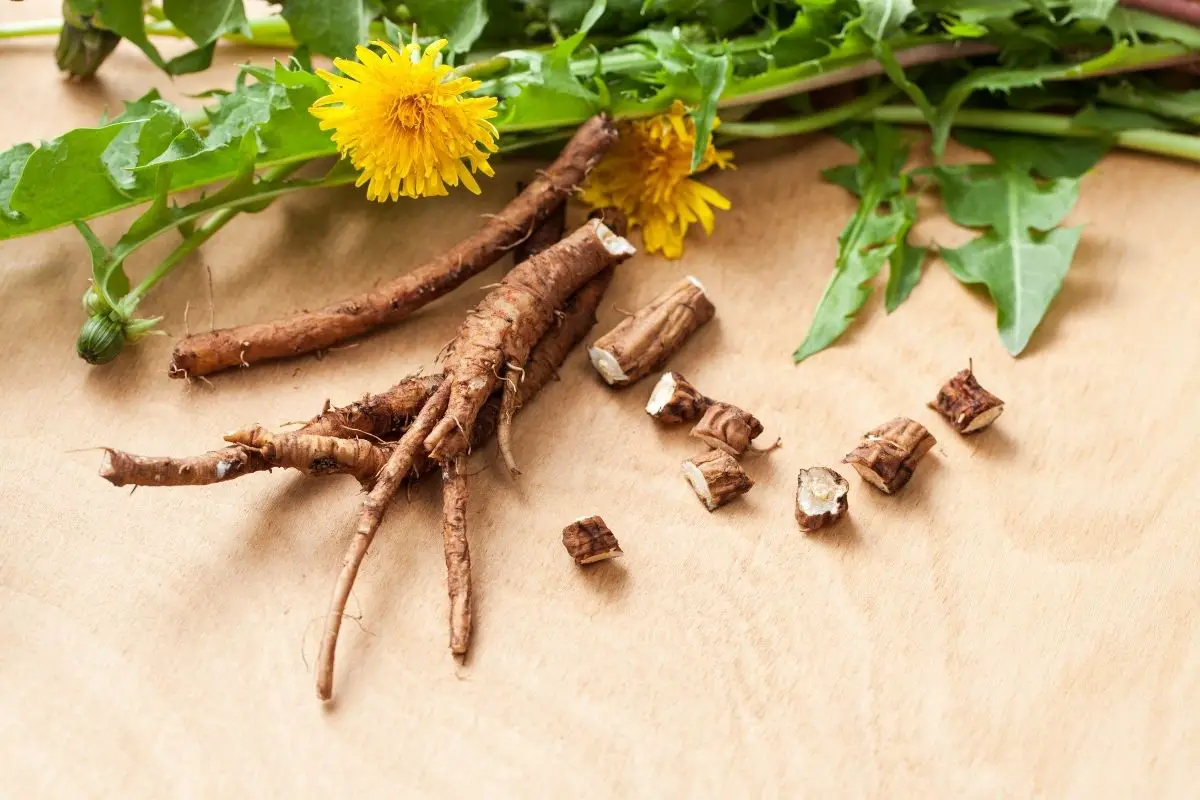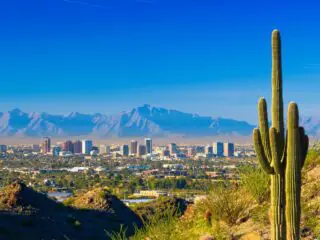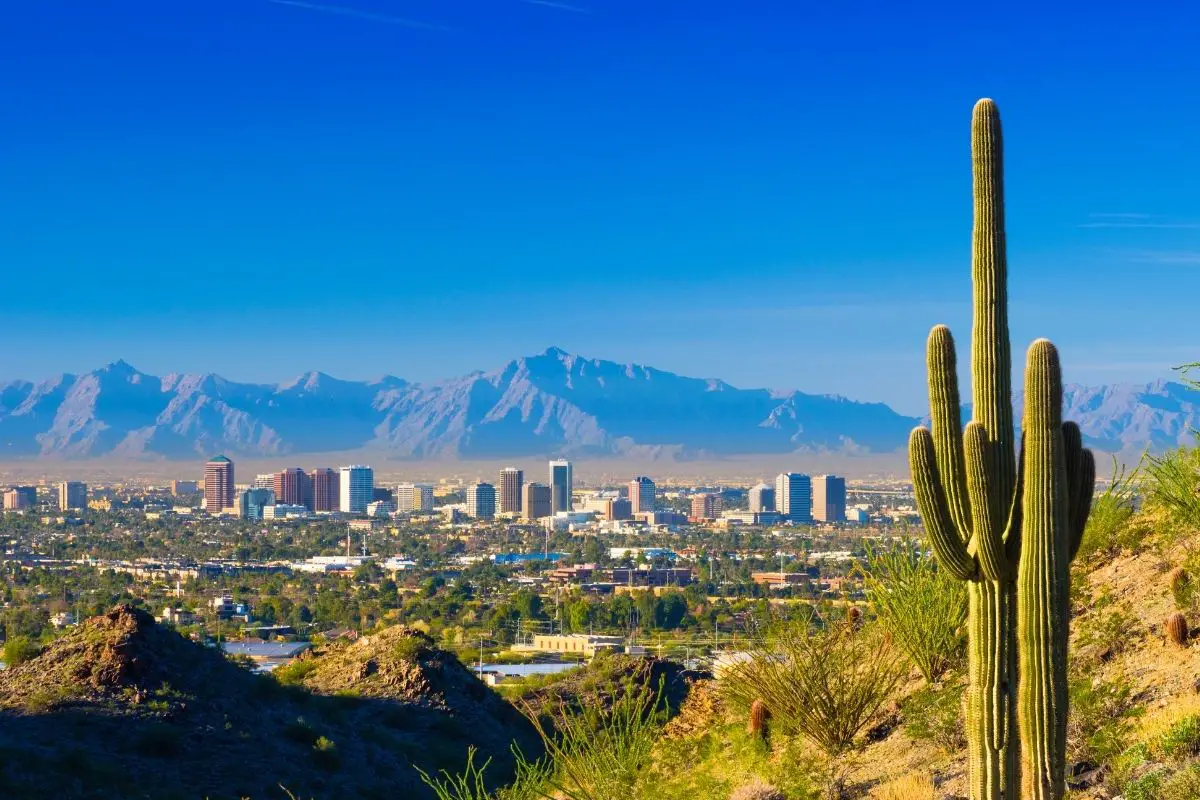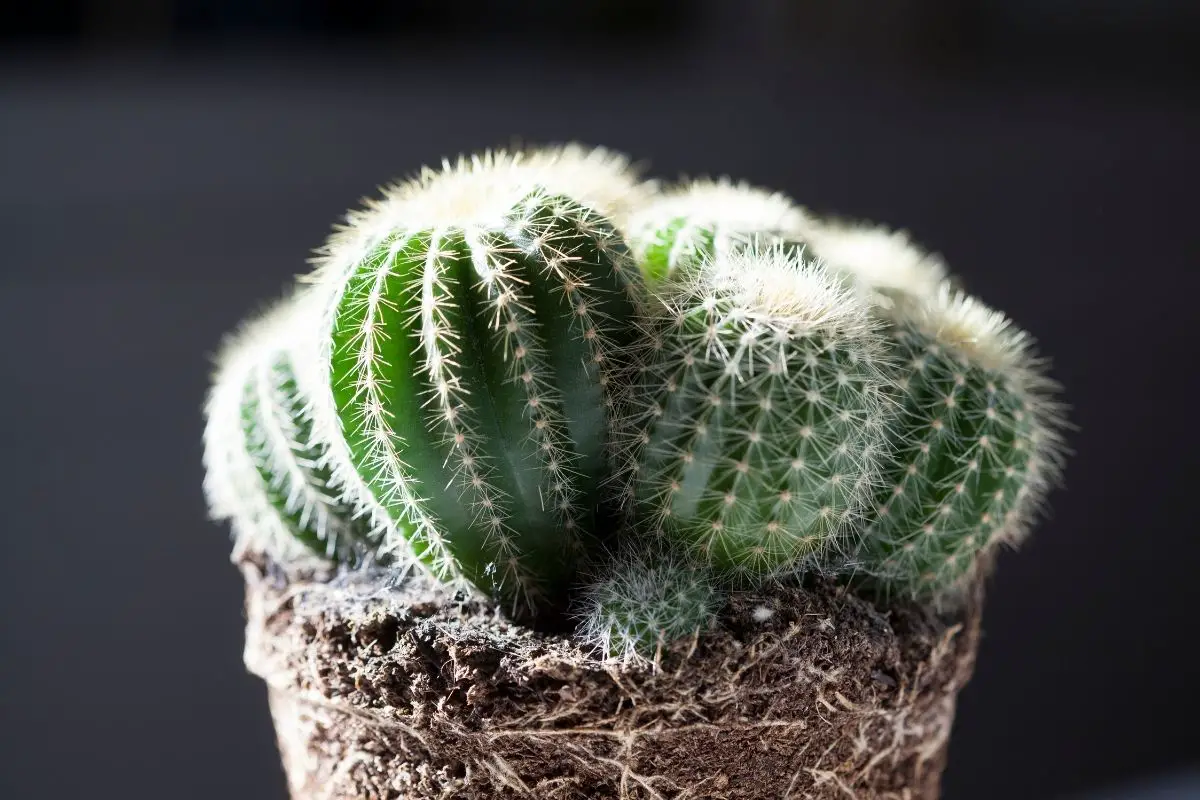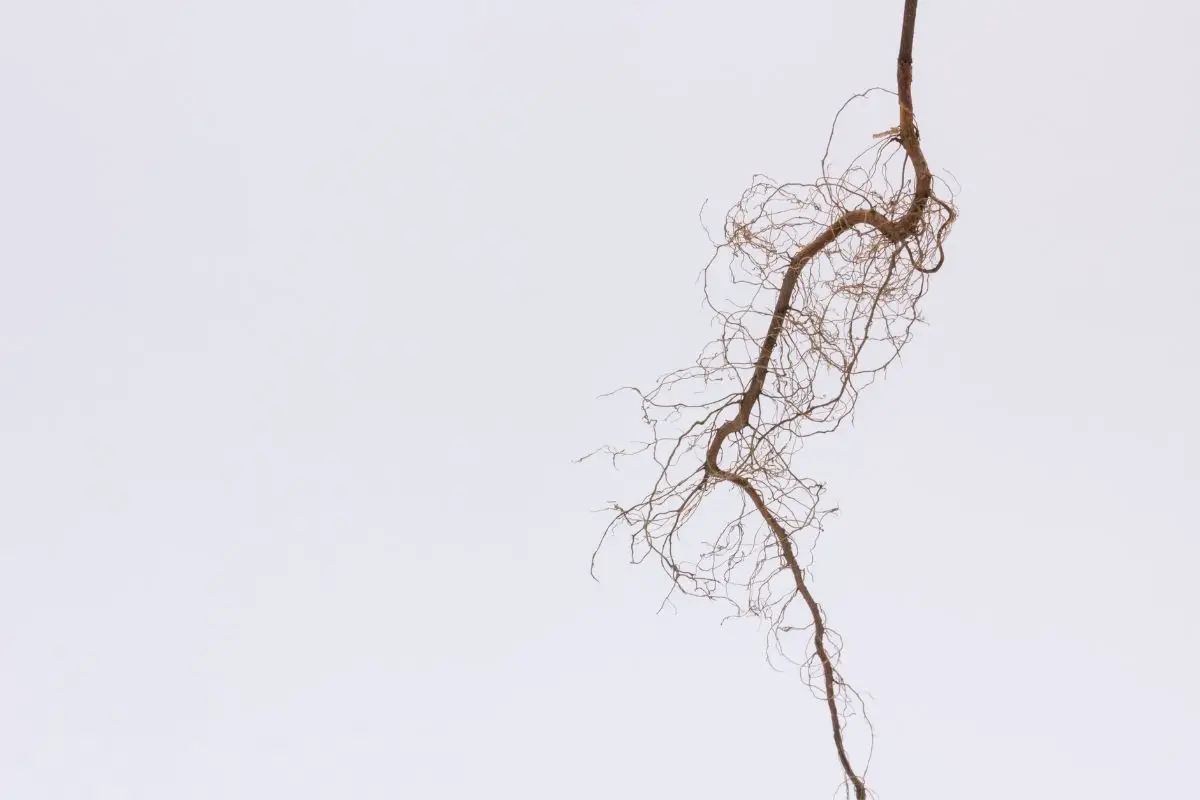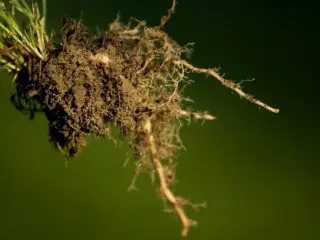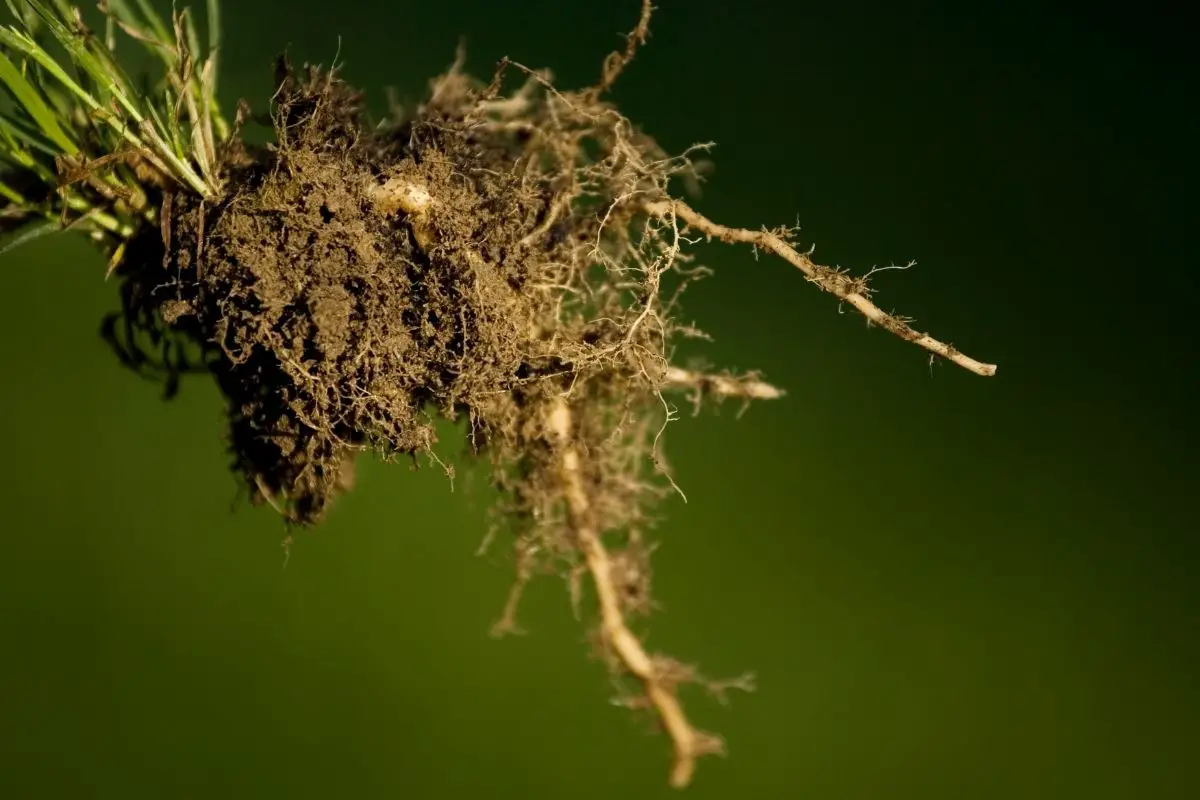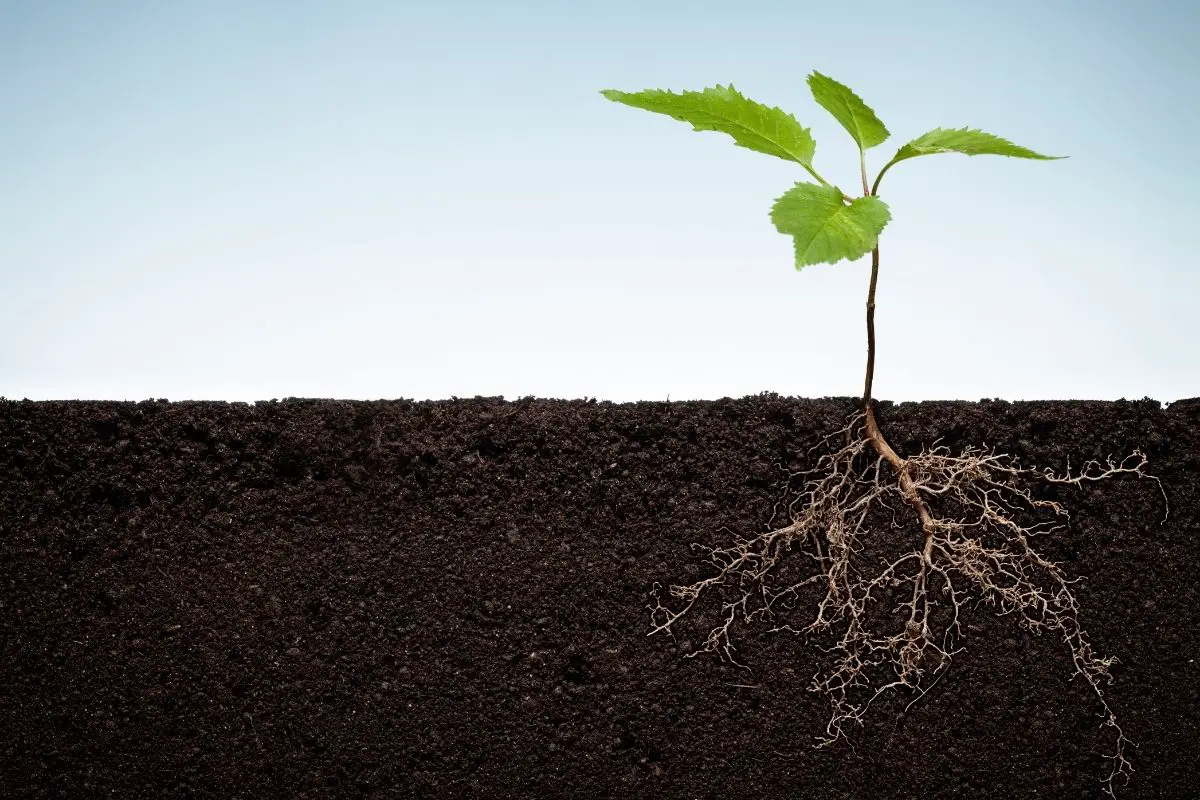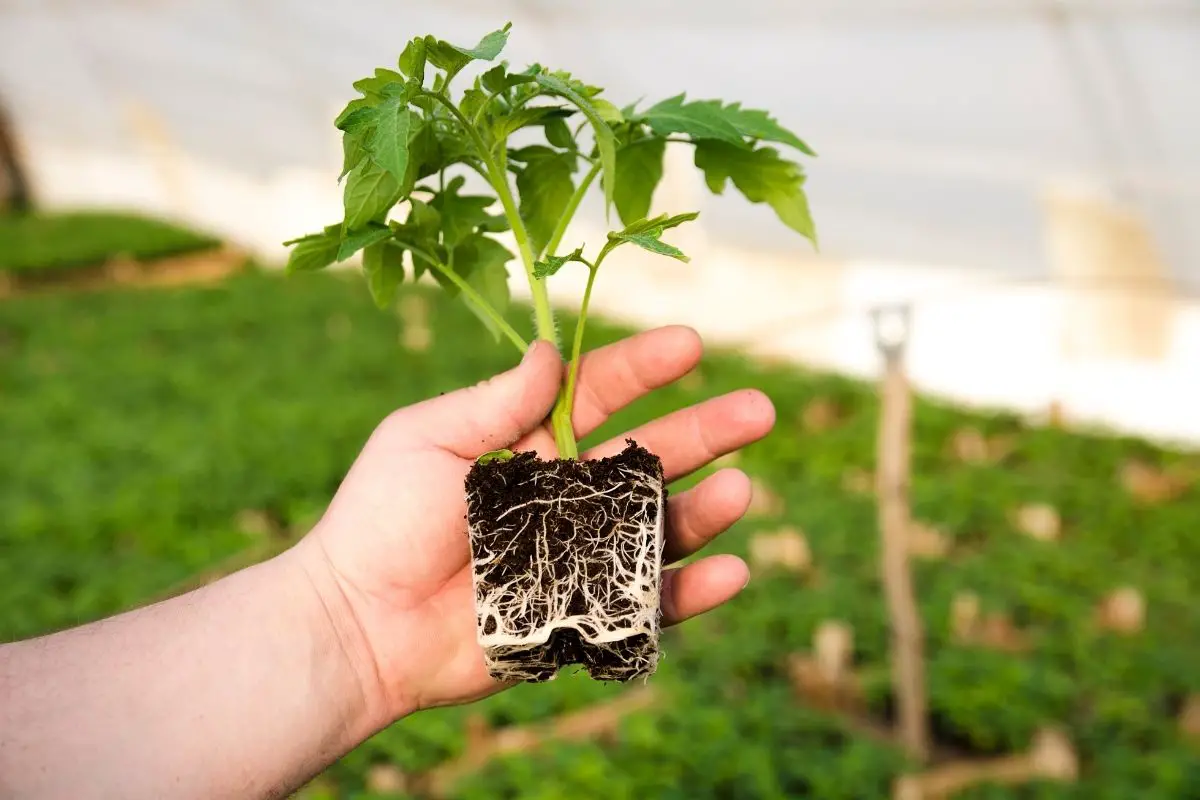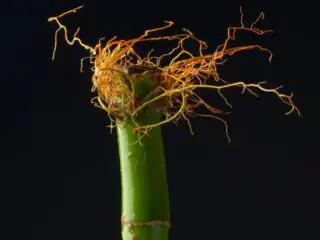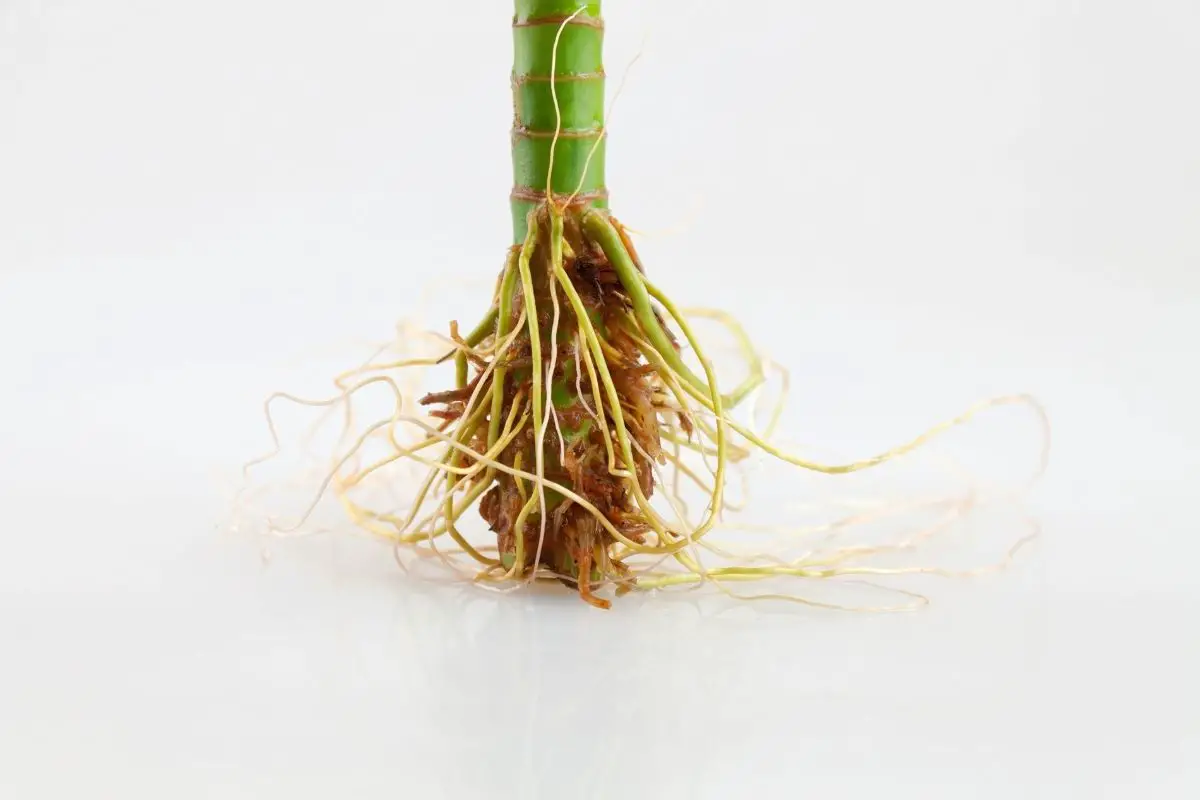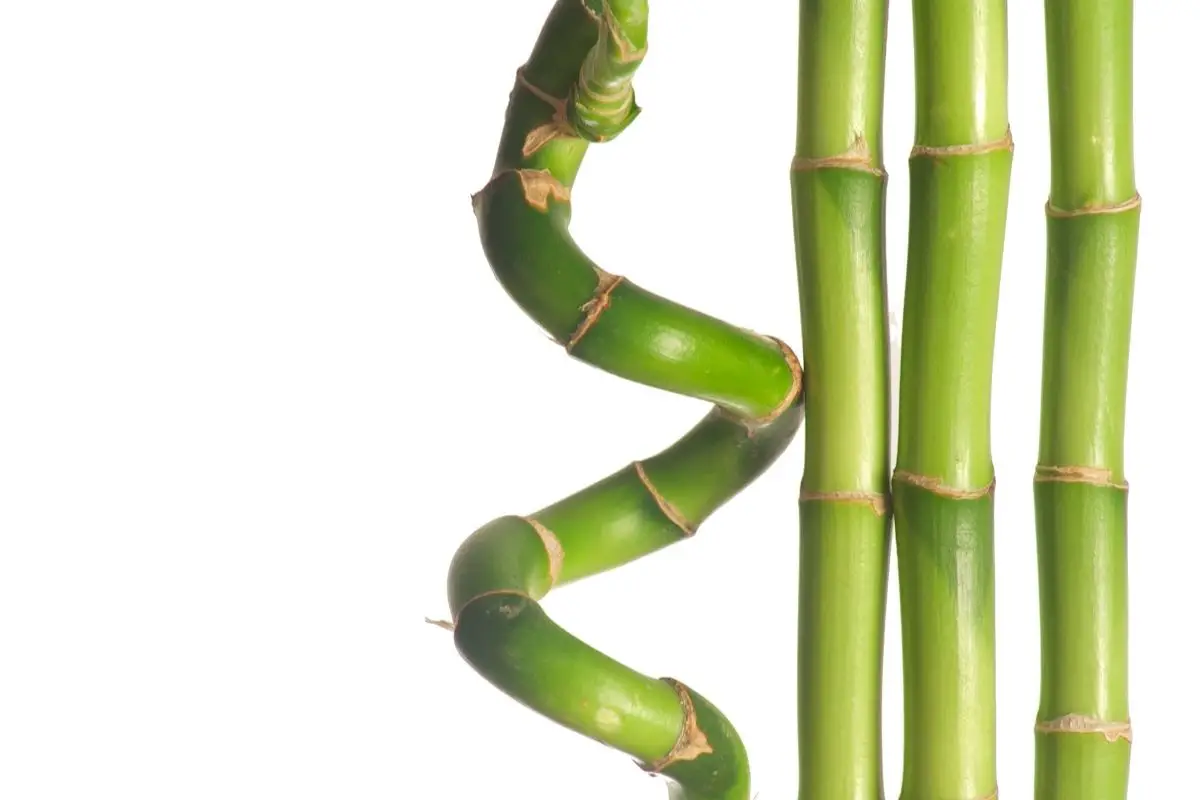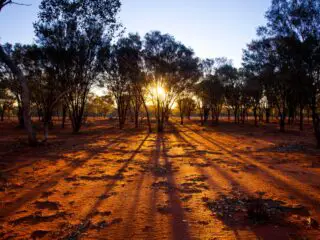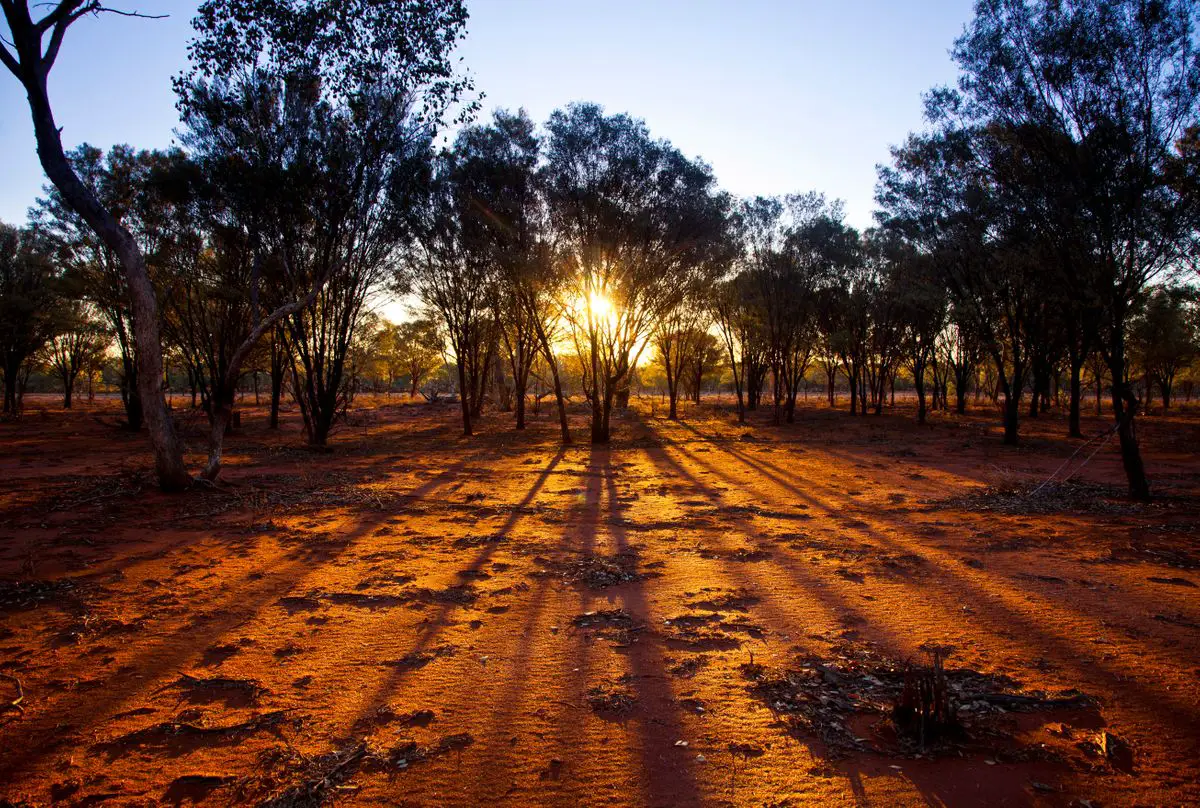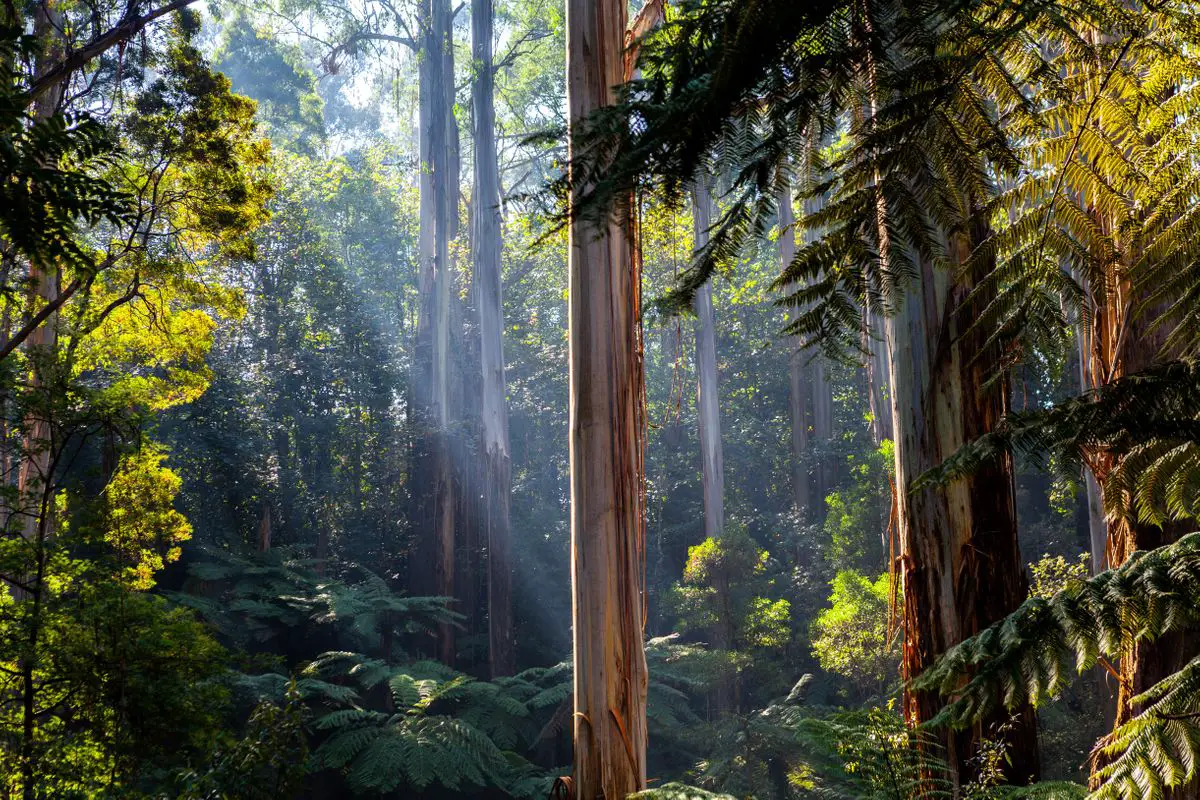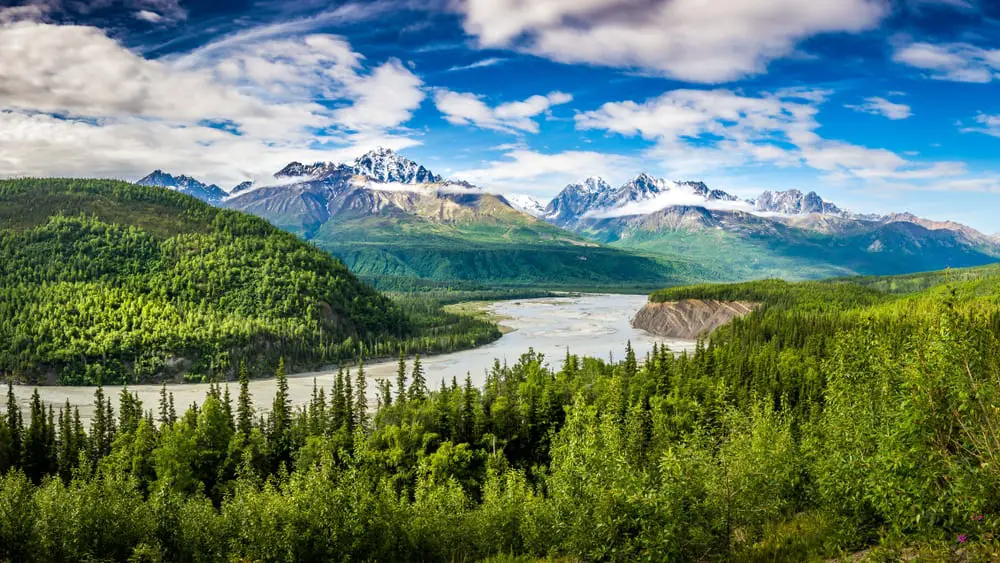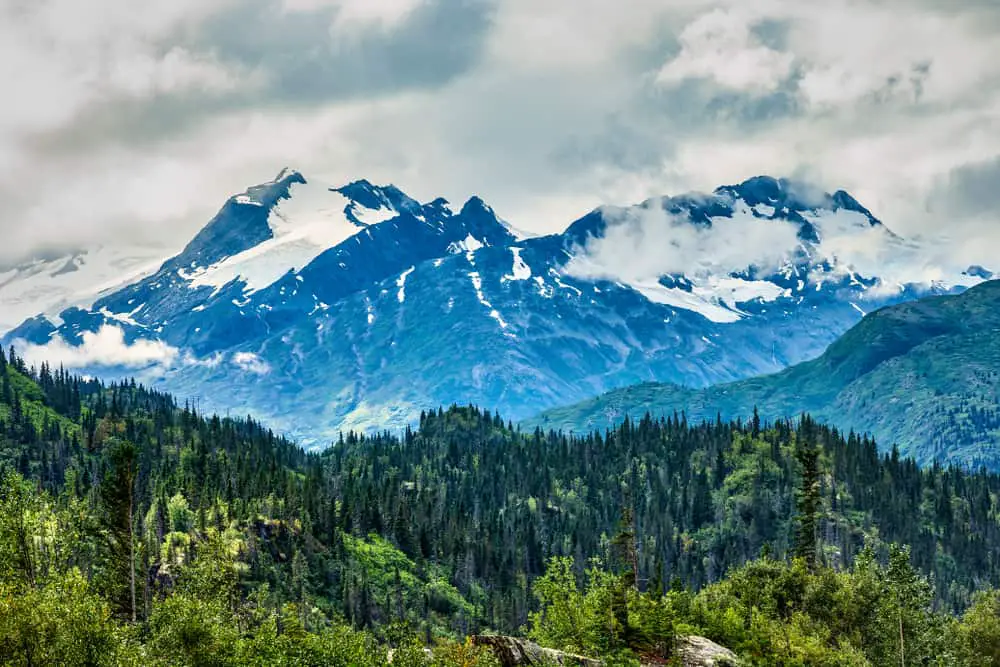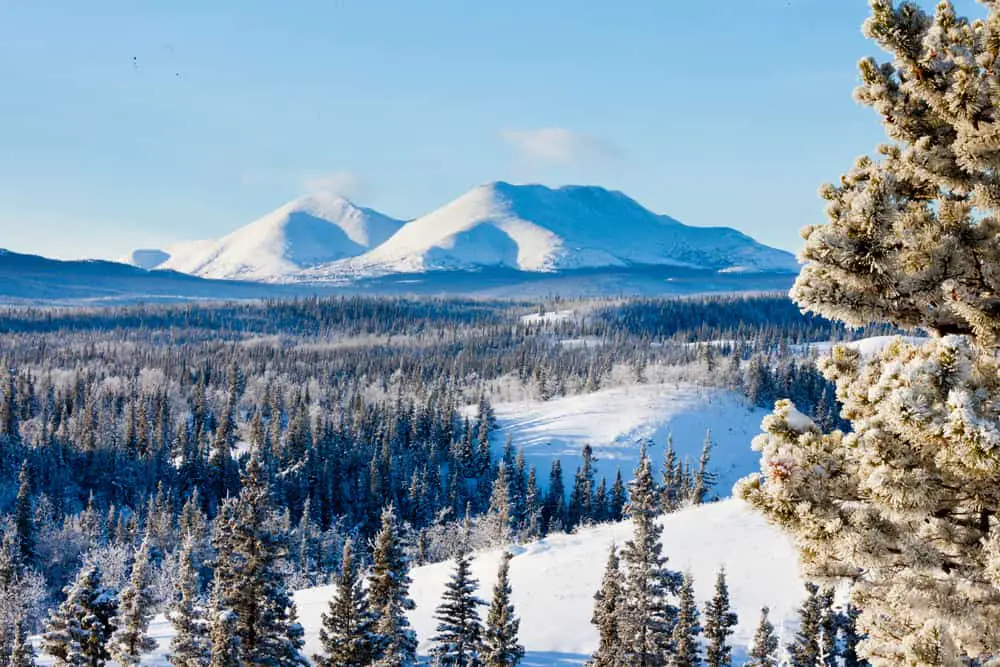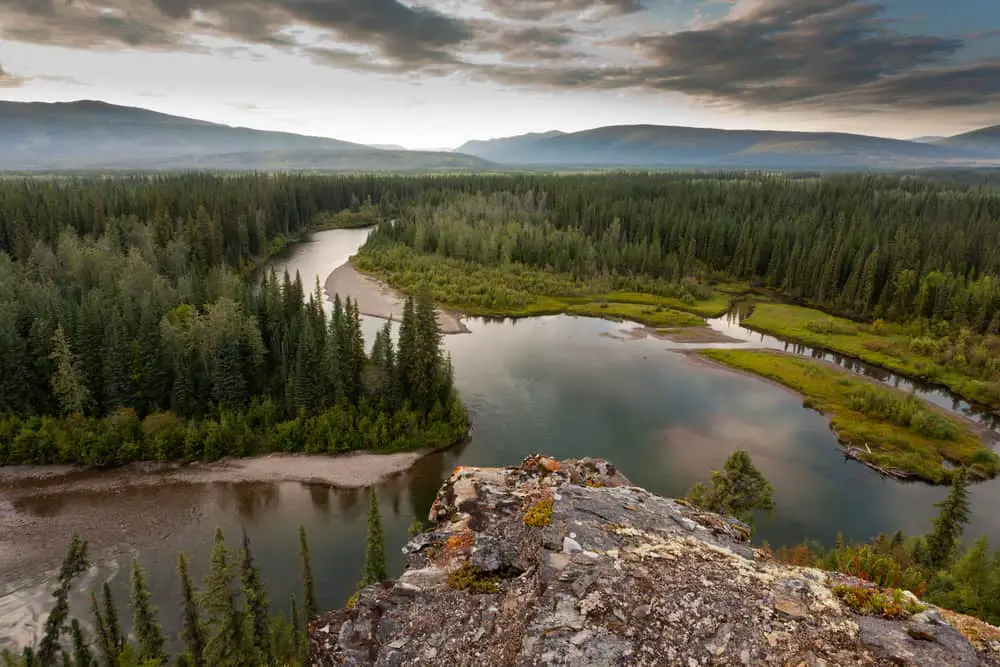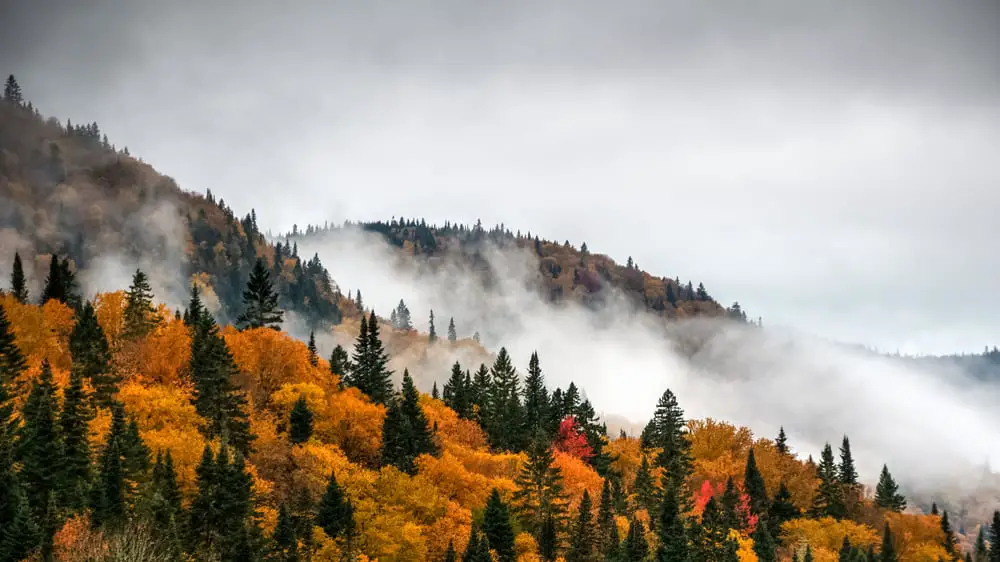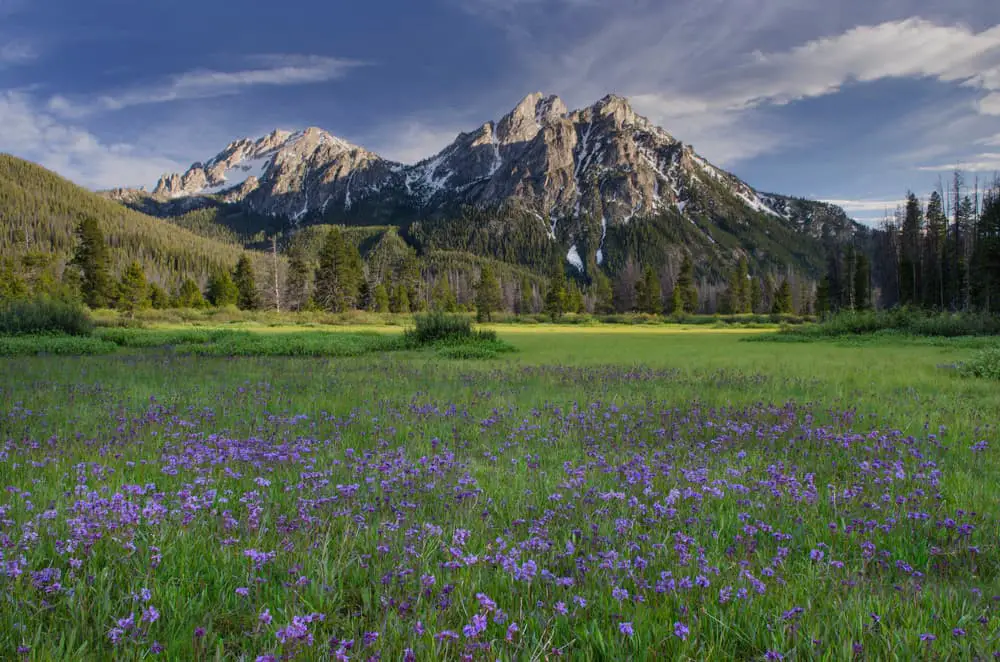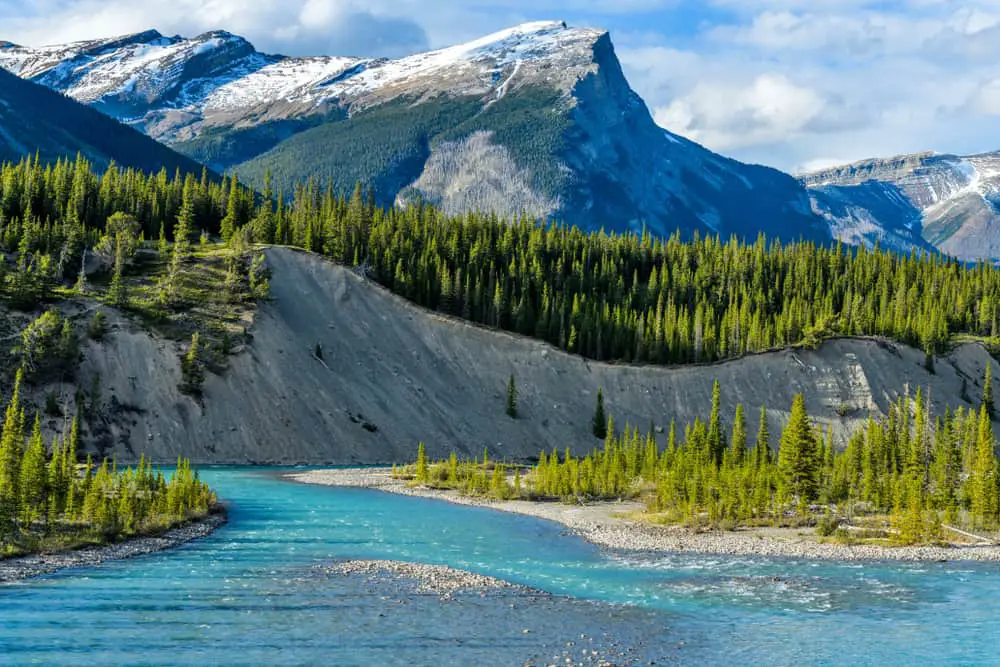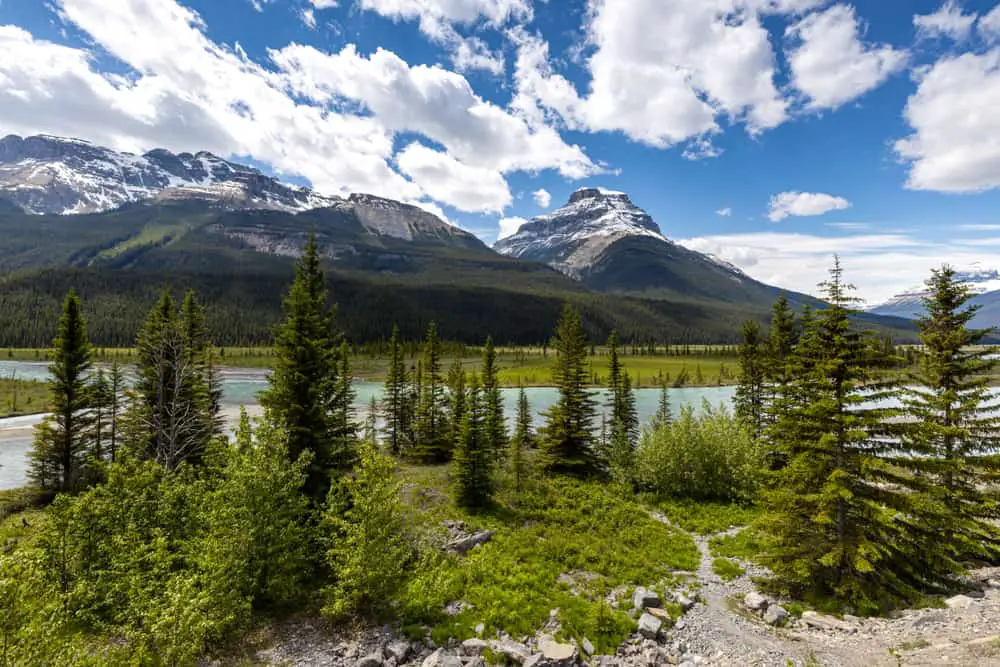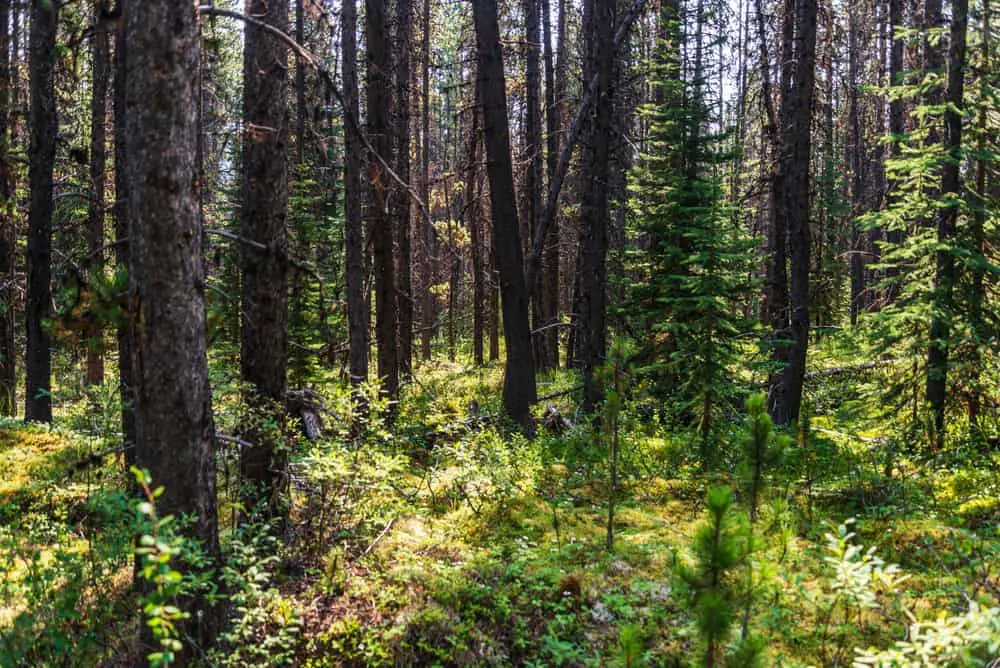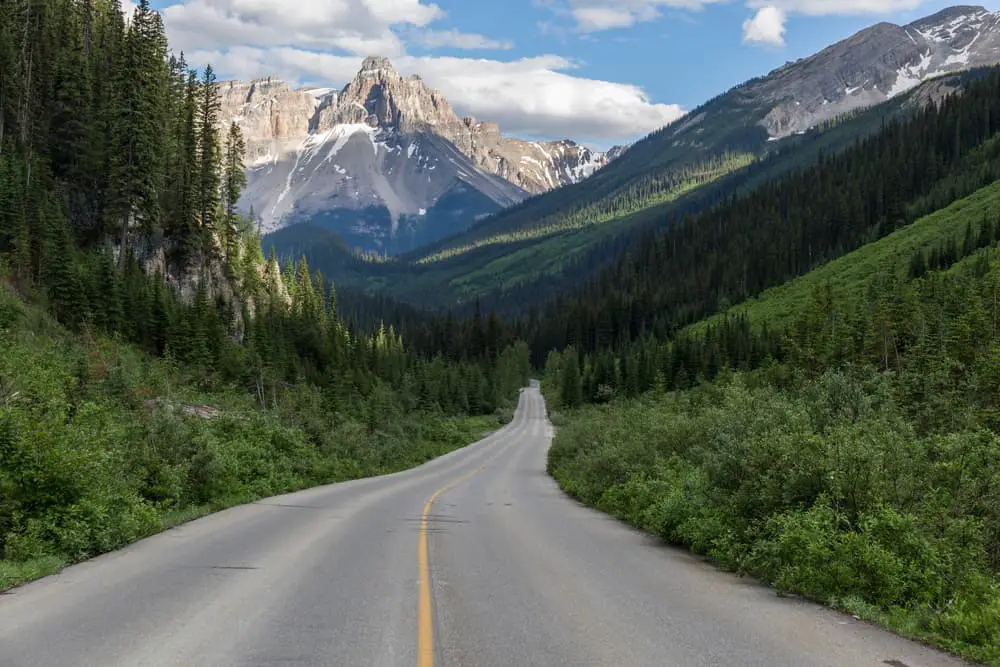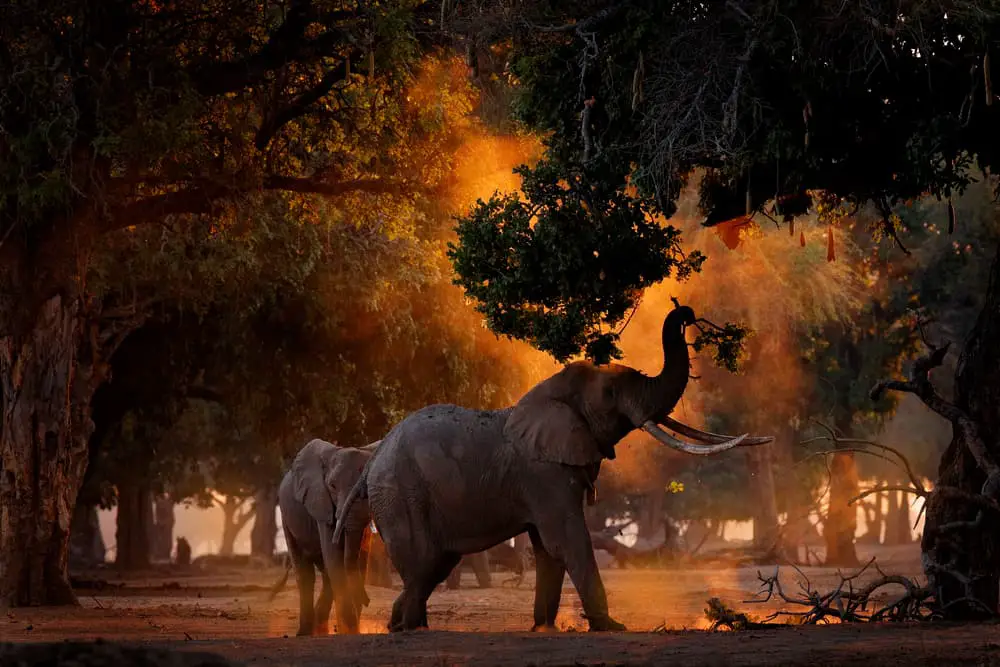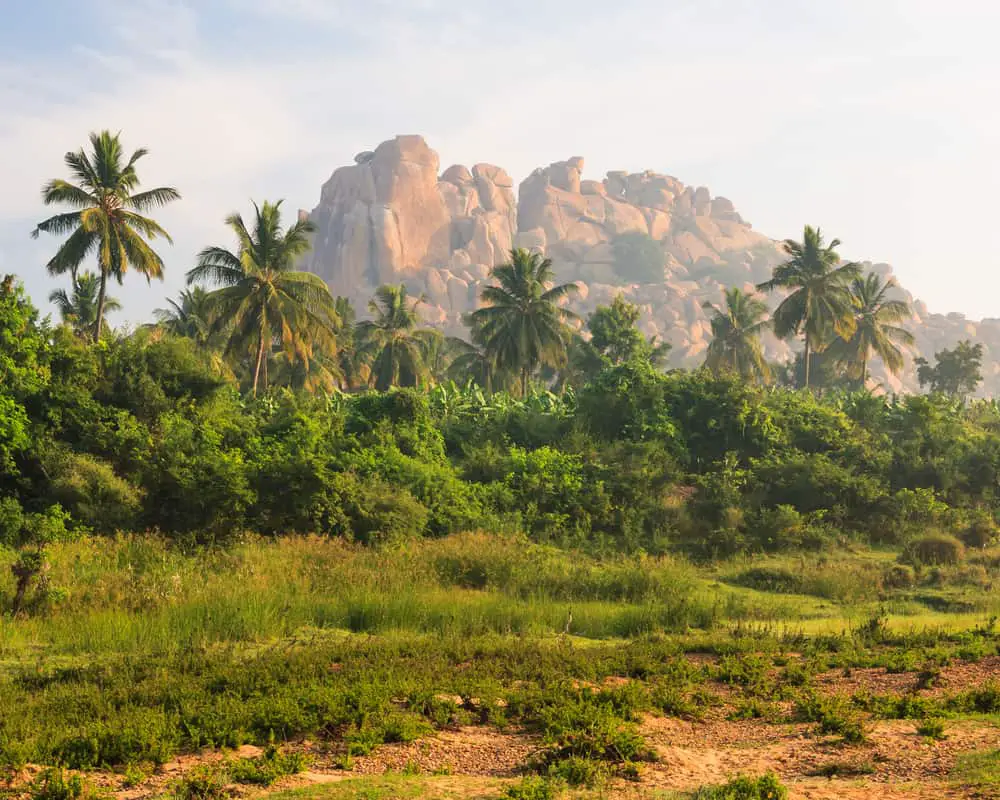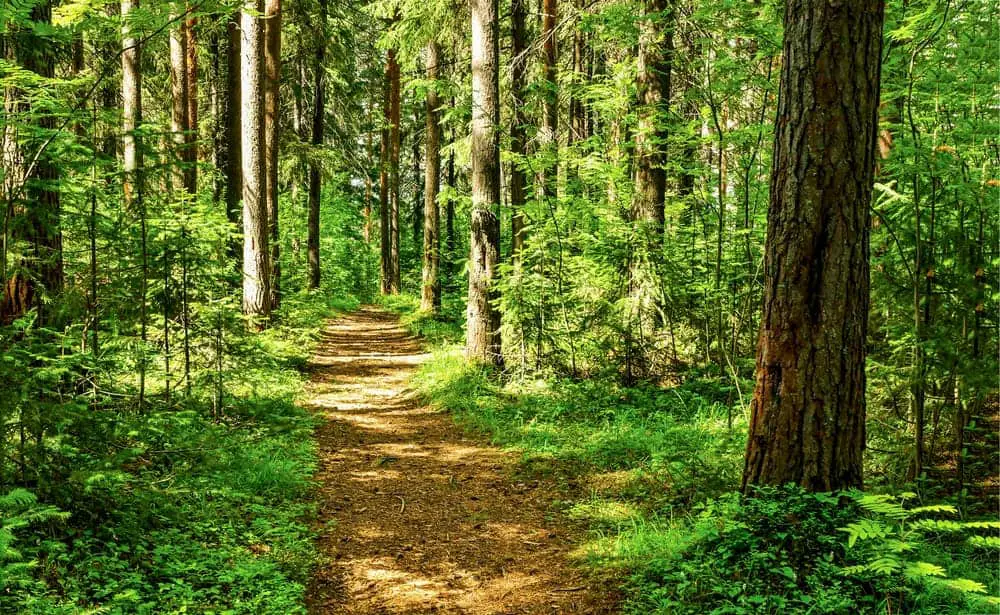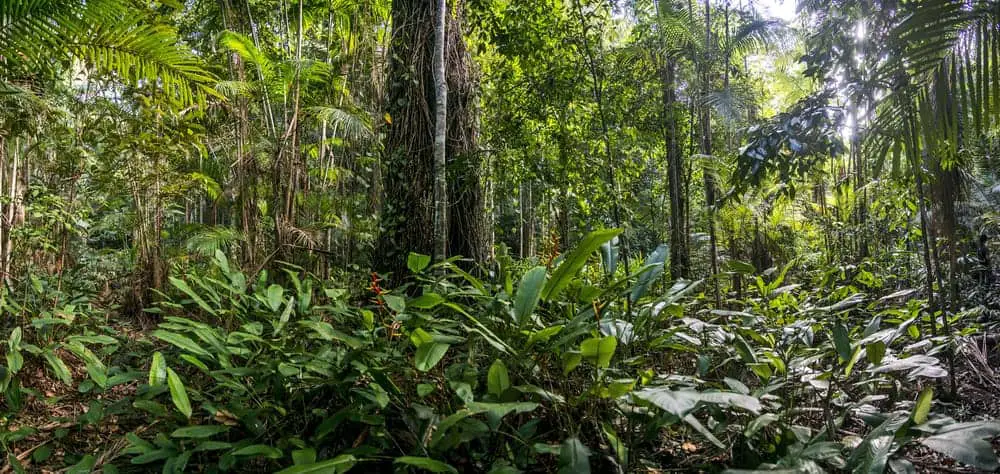The Natural Cycle in Lakes You’ve Never Heard Of

Nature is full of cycles of all kinds. All parts of nature, big and small, participate in some gradual process of change or renewal, and lake ecosystems are no exception. You may have heard of the water cycle, the rock cycle, or the nitrogen cycle, but there’s another cycle that you may not have heard of: the lake turnover cycle.
As cycles in nature go, it’s relatively unknown—or at least I can’t remember learning about it in middle school science class when I learned about all the other cycles—but it’s just as interesting as the rest.
What Is Lake Turnover?

Twice per year, temperature changes cause the top and bottom layers of water in lakes to cycle up and down and trade places, or “turn over.” This typically begins to happen at 50° to 55° Fahrenheit, and it can only happen in lakes with enough depth for the layers of water in them to stratify into different temperature zones. In other words, shallow, small lakes are too tiny for this to happen—the kiddie pool in your backyard won’t be showing signs of lake turnover.
What Causes Lake Turnover?
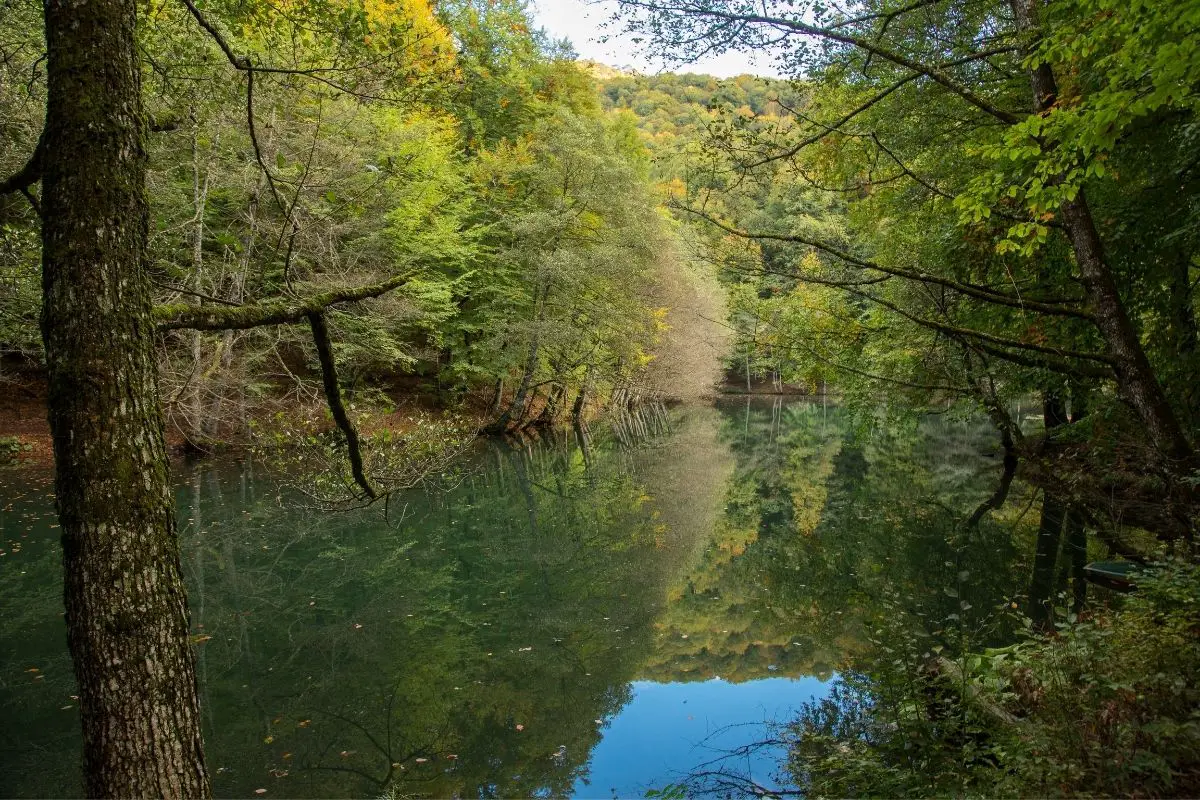
Lake turnover happens twice per year: once during the changeover from winter to spring when the top layer of water heats up and mixes with the rest of the lake, and once during the change from summer to fall when the top layer cools and sinks.
This process has everything to do with the relationship between temperature and density of water, and how that relationship makes water form separate, unmixing layers. Water is generally denser the colder it is, except for ice, which is somehow less dense than liquid water (go figure) and water colder than 39° Fahrenheit (again: go figure).
At any rate, water gets denser as it approaches 39° Fahrenheit, which is the temperature where water is at its most dense. As water cools further than 39° Fahrenheit, it becomes less dense. This fact will come into play when we look at spring turnover, the stage of lake turnover that’s slightly … Read the rest of the story.

